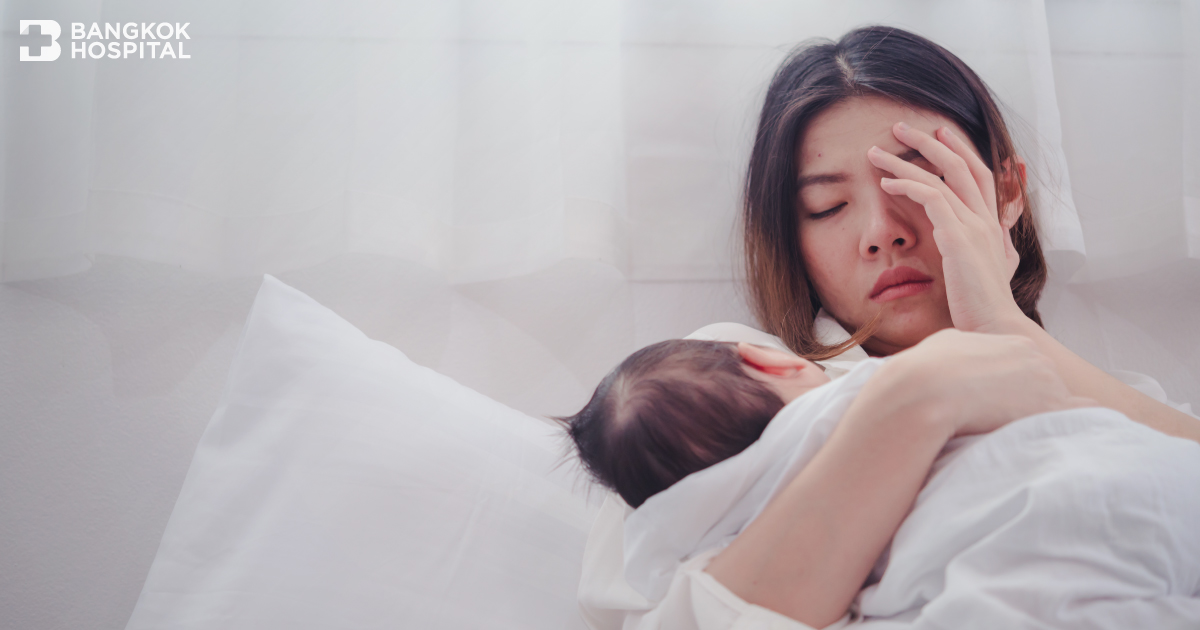“Do not be complacent, if you have one of the following diseases immediate treatment is recommended”
- Endometriosis and Chocolate cyst
Endometriosis is most common in women post-menopause and accompanies menstruation blood. 90% of women affected will experience blood rushing back into the pelvic area. Around 10% of women may experience this condition, as today women experience menstruation far sooner compared to the time they will marry and have children. Endometriosis will lead to formation of chocolate cysts.
These diseases can cost pain during menstruation and in more severe cases pain during sexual intercourse. If the pain lasts every day and spreads to the bladder or colon it may lead to bloody discharge in urination or defecation. Others may have stomach issues while many women with this disease may experience infertility.
- Ovarian cyst
Ovarian cysts occurs from abnormalties of the cells within the ovaries. There are two types, the epithelial cell and dermoid cysts. Generally, they may display no symptoms, however the gallbladder will gradually enlarge and affect a woman’s ovaries leading to acute abdominal pain.
In the early stages pain may come and go, however if symptoms persist and pain radiates throughout the abdomen area (including blood clots in ovaries) a visit to the doctor is highly recommended.
- Adenomyosis
This disease does not yet have a name in Thai, however in English it is referred to as Adenomyosis. Adenomyosis is an uncommon condition in which cells of the endotirum grow into the muscular walls within the uterus. During menstruation, these cells will dissolve and cause infection with in the muscular walls. This condition may reoccur during every menstruation cycle, causing the uterus to expand into a circular shape, and symptoms may become more severe. Apart from pain, there may be excess menstruation, while pain may be sporadic or chronic and may be experienced daily.
- Fibroid Tumor
Fibroid tumor, or tumor in the uterus is a common disease in women and occurs as a result of abnormal muscle cells which bound together to create a knot in the uterus. The exact cause is unknown, however it would appear the genetics play a major role. In some families, all female members will experience this disease. Although this disease is not deadly, it symptoms can be severe dependent on the position of the tumor.
Tumor located under the uterus will lead to excessive and prolonged menstruation. You may feel weary, easily tired, and pale. If the tumor is located in front of the bladder it may lead to pressure on the bladder and frequent urination (some people may experience difficulty urinating). If the tumor is located behind, then it will put pressure on the large intestine leading to constipation. There is also potential that it may place pressure on the kidney, leading to damage. Tumors located at the upper cervix often do not display symptoms, and are usually identified when it has grown significantly in size.
Although the 4 diseases mentioned above may not be deadly, it can still adversely affect women’s health at various levels whilst not showing any symptoms. An annual health check-up, as well as visits to an obstetrician or gynecologist are recommended. Abnormalities can be identified via ultrasound and other diagnostic techniques that are painless and convenient, allowing for timely treatment.
Treatment for the 4 diseases aforementioned may include surgery such as bladder suspension surgery, myomectomy, and hysterectomy. Selection of treatment choice will depend on the type of disease, age of the individual, and patients desire to remain fertile.
A popular surgical treatment today is the Advanced Minimally Invasive Surgery which can be applied to all of the aforementioned diseases. This technique will reduce pain during and after surgery, allowing for a shorter stay at the hospital (maximum of one week), and a swift return to work.






